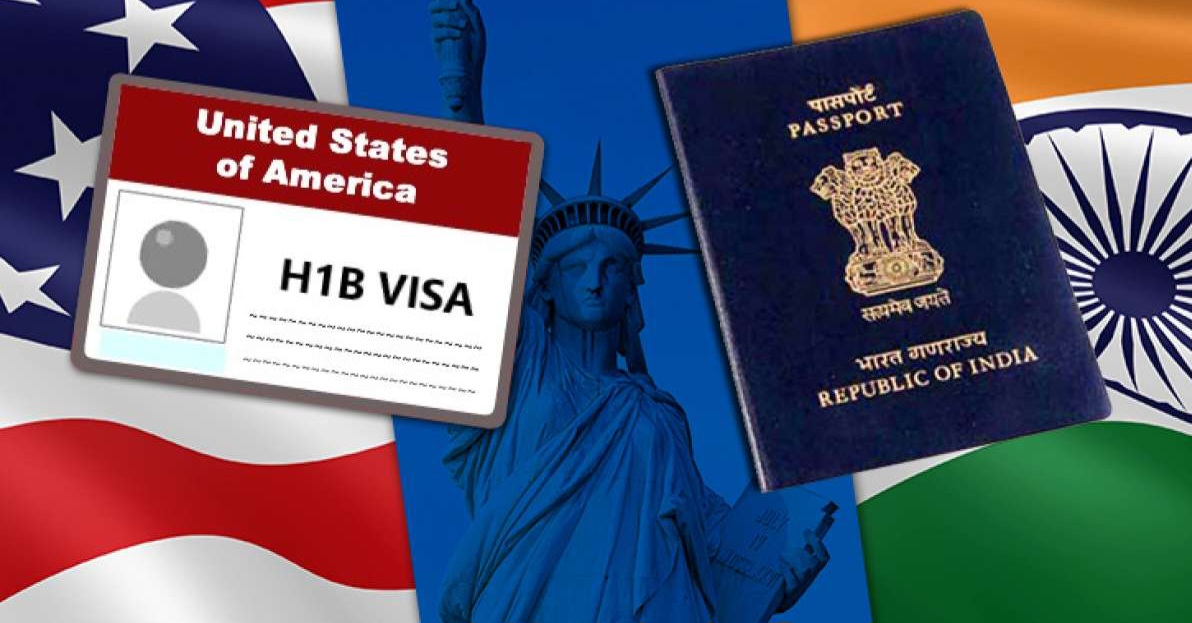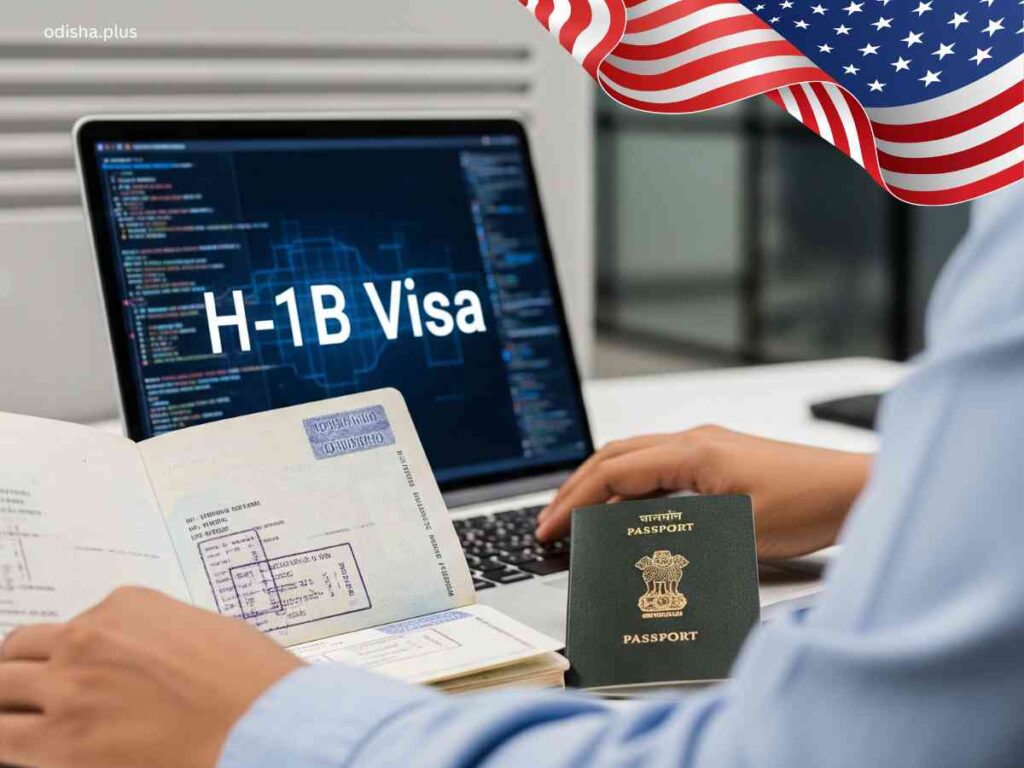In a major relief for thousands of Indian tech professionals and students in the United States, the US Citizenship and Immigration Services (USCIS) has clarified that the new $100,000 H-1B visa fee will not apply to existing visa holders or those switching their visa status within the country.
The clarification comes amid confusion after the US administration’s recent announcement sparked concern among Indian workers, who make up nearly 70% of all new H-1B allocations annually.
What USCIS Clarified
According to the latest USCIS statement, foreign nationals already in the US — such as those holding F-1 (student) or L-1 (intra-company transfer) visas — will not have to pay the hefty new fee if they transition to an H-1B visa.
Similarly, existing H-1B visa holders seeking renewals or extensions are also exempted. The new fee rule only applies to fresh visa petitions filed after September 21, 2025.
The $100,000 charge, introduced by the Trump administration, represents a massive jump from the previous range of $215 to $5,000. Analysts noted that such a steep increase could have exceeded the annual salary of many entry-level H-1B employees — most of whom work in the technology and services sector.

Why This Matters for Indians
For India, the world’s largest source of H-1B talent, the clarification offers huge relief. The H-1B program has long been the backbone of India-US tech collaboration, allowing Indian engineers, developers, and data professionals to work with American companies.
Currently, about 300,000 Indian workers in the US hold active H-1B visas, forming a significant part of the $150 billion India-US IT partnership.
Experts say the announcement will prevent disruption for both Indian tech giants and American firms that rely heavily on Indian professionals.
H-1B: Gateway to the American Dream
The H-1B visa allows highly-skilled foreign workers to reside and work in the US for up to three years, with a possible three-year extension. It has also been instrumental in making Indian-Americans one of the most educated and highest-earning communities in the US, according to the book The Other One Percent.
With this clarification, Indian professionals, especially those already contributing to the US economy, can breathe easier — and continue their pursuit of innovation, stability, and success on American soil.


